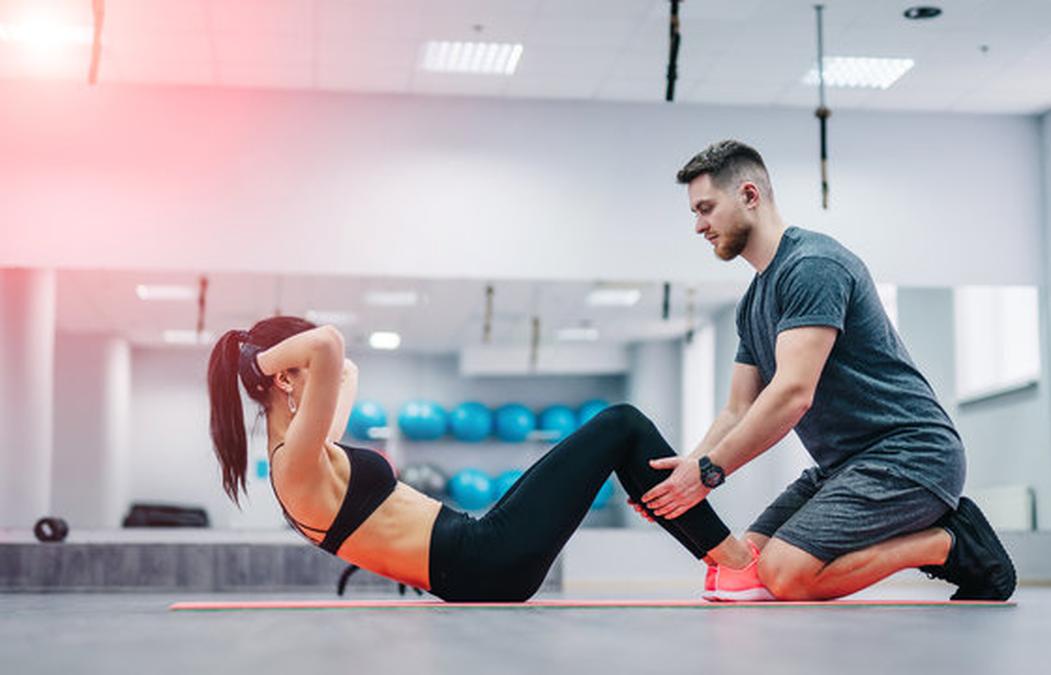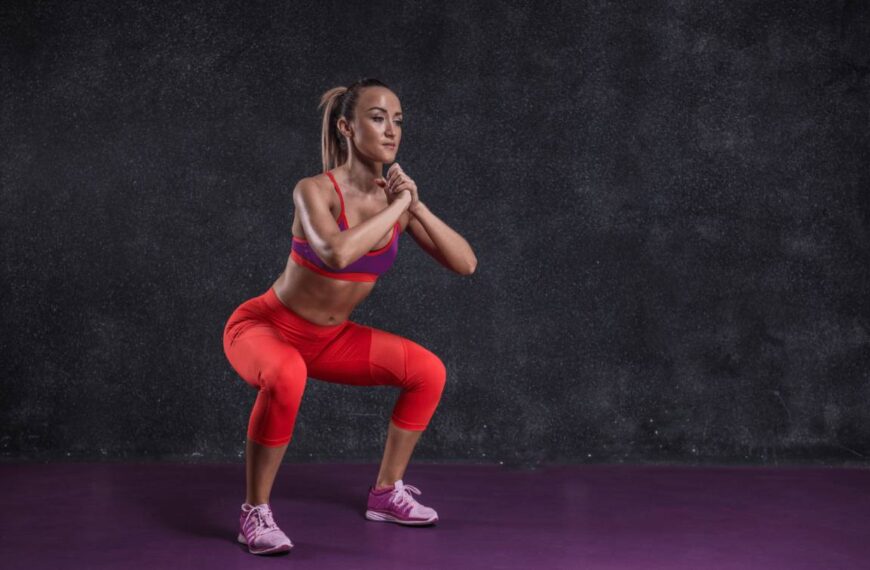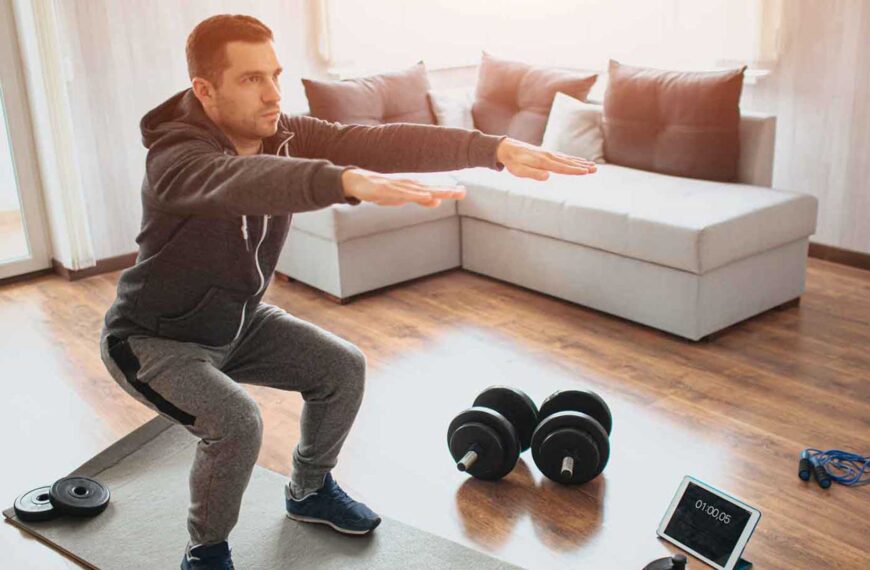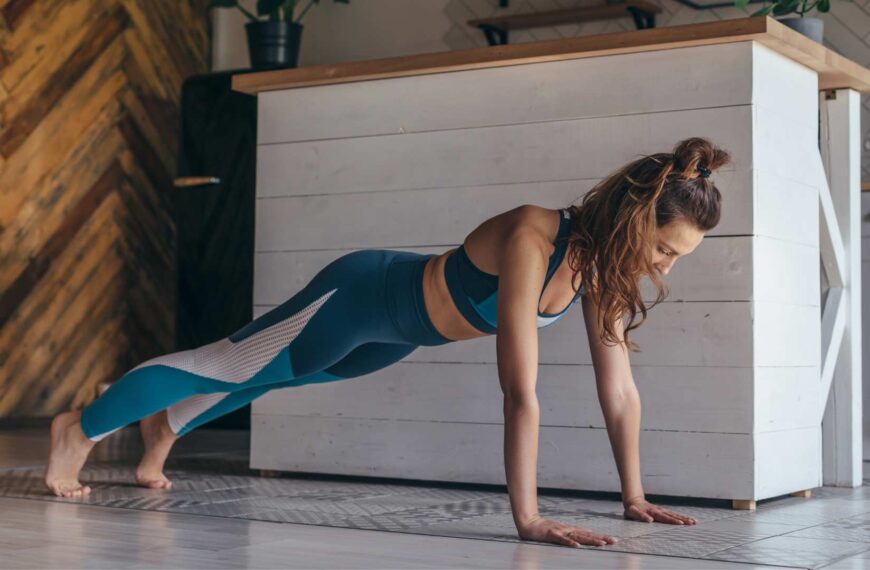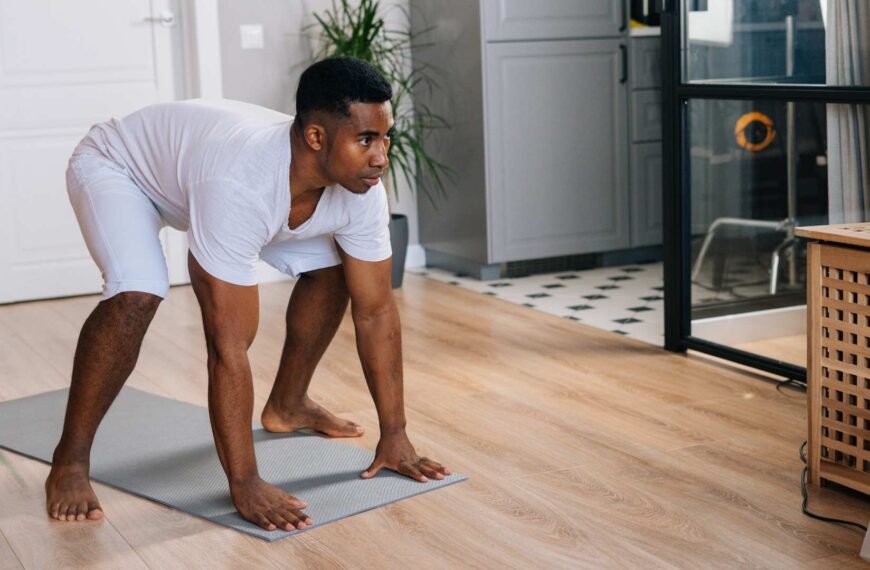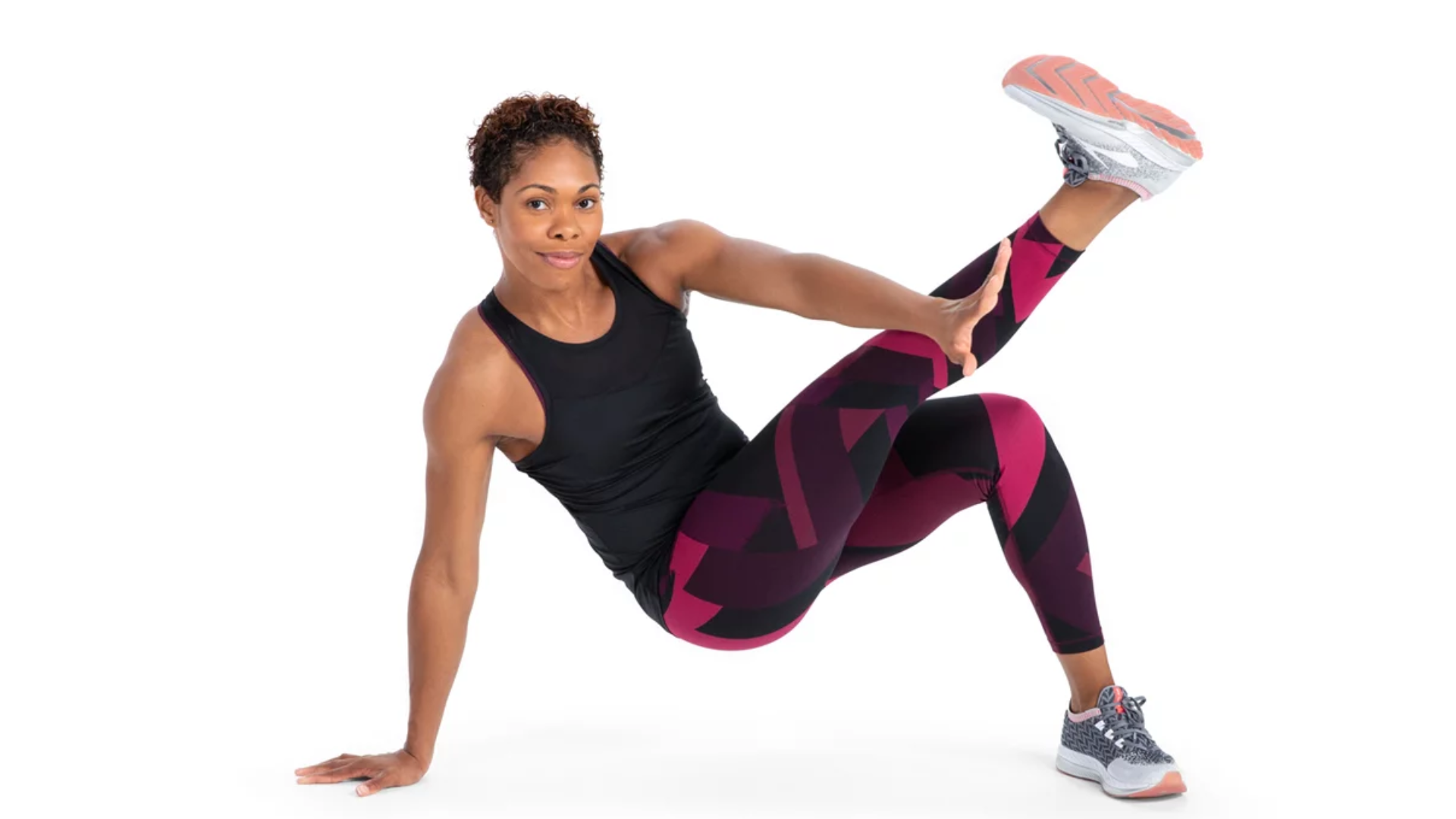Are you looking to tone and strengthen your lower body? If so, the forward lunge exercise is an excellent choice. This compound exercise targets multiple leg and gluteal muscles, making it an effective addition to any workout routine. In this article, we’ll dive into the details of how to perform the perfect forward lunge, common mistakes to avoid, variations to try, and the benefits of the exercise.
Overview of the Forward Lunge Exercise
- The forward lunge exercise is a lower body workout that targets the quads, hamstrings, and glutes.
- It involves stepping forward with one leg and bending both knees until the back knee is just above the ground.
- This exercise can be modified by using dumbbells or adding a twist for increased difficulty.
Benefits of the Forward Lunge Exercise
- The forward-lunge exercise can improve balance, coordination, and flexibility.
- It can also help to strengthen the muscles in the lower body, which can lead to better overall athletic performance.
- Additionally, the forward-lunge exercise can be a great way to tone and define the legs and glutes.
Use Merlin App for Forward Lunge
The Merlin App provides valuable assistance for perfecting the Forward Lunge exercise. Using its AI real-time feedback feature, the app monitors your form and technique as you perform forward lunges, offering immediate guidance and corrections to ensure you maintain proper posture and alignment throughout the movement.
Additionally, the app can customize your forward lunge workouts to match your fitness level and goals, gradually increasing the difficulty as you progress. With voice feedback to motivate and guide you, the Merlin App enhances your forward lunge experience, helping you perform this exercise effectively and safely while tracking your progress over time for a more effective and satisfying workout.
VIDEO
How to Perform the Perfect Forward Lunge
Performing a perfect forward-lunge is easy with these steps:
- 1. Stand tall with your feet hip-width apart and engage your core.
- 2. Take a big step forward with your right leg.
- 3. Lower your body until your right thigh is parallel to the floor, keeping your knee directly above your ankle.
- 4. Press into your right heel to return to the starting position.
- 5. Repeat with your left leg, alternating legs for each repetition.
It is essential to keep your upper body straight, shoulders back, and chest up throughout the exercise. Also, keep your front knee behind your toes to avoid putting unnecessary strain on your knee joint.
Common Mistakes to Avoid
Here are some common mistakes to keep in mind when performing the forward lunge:
- 1. Narrow stance: Start with your feet hip-width apart.
- 2. Lifting the front heel: Keep your front foot flat on the ground.
- 3. Dropping the upper body: Keep your chest up and shoulders back.
Variations to Try
| Variation | Description |
|---|---|
| Reverse lunge | Step backward with one foot to perform the exercise. |
| Walking lunge | Perform a forward lunge with one leg, then step forward with the opposite leg to perform another lunge. |
| Lateral lunge | Step to the side with one foot to perform the exercise. |
| Curtsy lunge | Cross one leg behind the other and lunge down, keeping your front knee directly above your ankle. |
| Split lunge jump | After performing a forward lunge with one leg, jump up and switch legs in mid-air to land in a lunge with the opposite leg forward. |
Once you have mastered the basic forward lunge, try these variations:
- 1. Reverse lunge: Step backward with one foot to perform the exercise.
- 2. Walking lunge: Perform a forward-lunge with one leg, then step forward with the opposite leg to perform another lunge.
- 3. Lateral lunge: Step to the side with one foot to perform the exercise.
- 4. Curtsy lunge: Cross one leg behind the other and lunge down, keeping your front knee directly above your ankle.
- 5. Split lunge jump: After performing a forward-lunge with one leg, jump up and switch legs in mid-air to land in a lunge with the opposite leg forward.
Benefits of the Forward Lunge Exercise
Here are some benefits of the forward-lunge exercise:
- 1. Strengthens legs: Targets your quads, hamstrings, and glutes, building strength and endurance in these muscles.
- 2. Tones butt: Engages your glutes, helping to tone and shape your butt.
- 3. Improves hip flexibility: Requires moving your hips in a new range of motion, which can improve flexibility and mobility in this joint.
- 4. Can be modified: You can modify the forward-lunge by using a chair or wall for support if you have knee problems or difficulty balancing.
- 5. Works well with weights: Adding weights such as dumbbells or kettlebells can help you build even more strength.
Conclusion
The forward lunge exercise is an effective way to tone and strengthen your lower body. By performing this exercise correctly and avoiding common mistakes, you can achieve your fitness goals and enjoy the benefits of a stronger, more defined lower body. Try the variations to keep your workout routine challenging and interesting, and consider using Merlin to get real-time feedback on your form and posture. Incorporate the forward lunge exercise into your workout routine today and see the results for yourself!
FAQ
Q: Who should do forward lunges?
A: Anyone who wants to strengthen their legs and improve balance.
Q: What are the benefits of forward lunges?
A: Improved balance, leg strength, and hip flexibility.
Q: How do you perform a forward lunge?
A: Step forward with one leg, lower your hips, and return to standing.
Q: What if I have knee pain while doing forward lunges?
A: Try adjusting the depth of your lunge or consult a trainer for modifications.
Q: How many reps of forward lunges should I do?
A: Aim for 10-12 reps on each leg for 2-3 sets.
Q: What other exercises can I do to complement forward lunges?
A: Squats, deadlifts, and calf raises are great complementary exercises.

